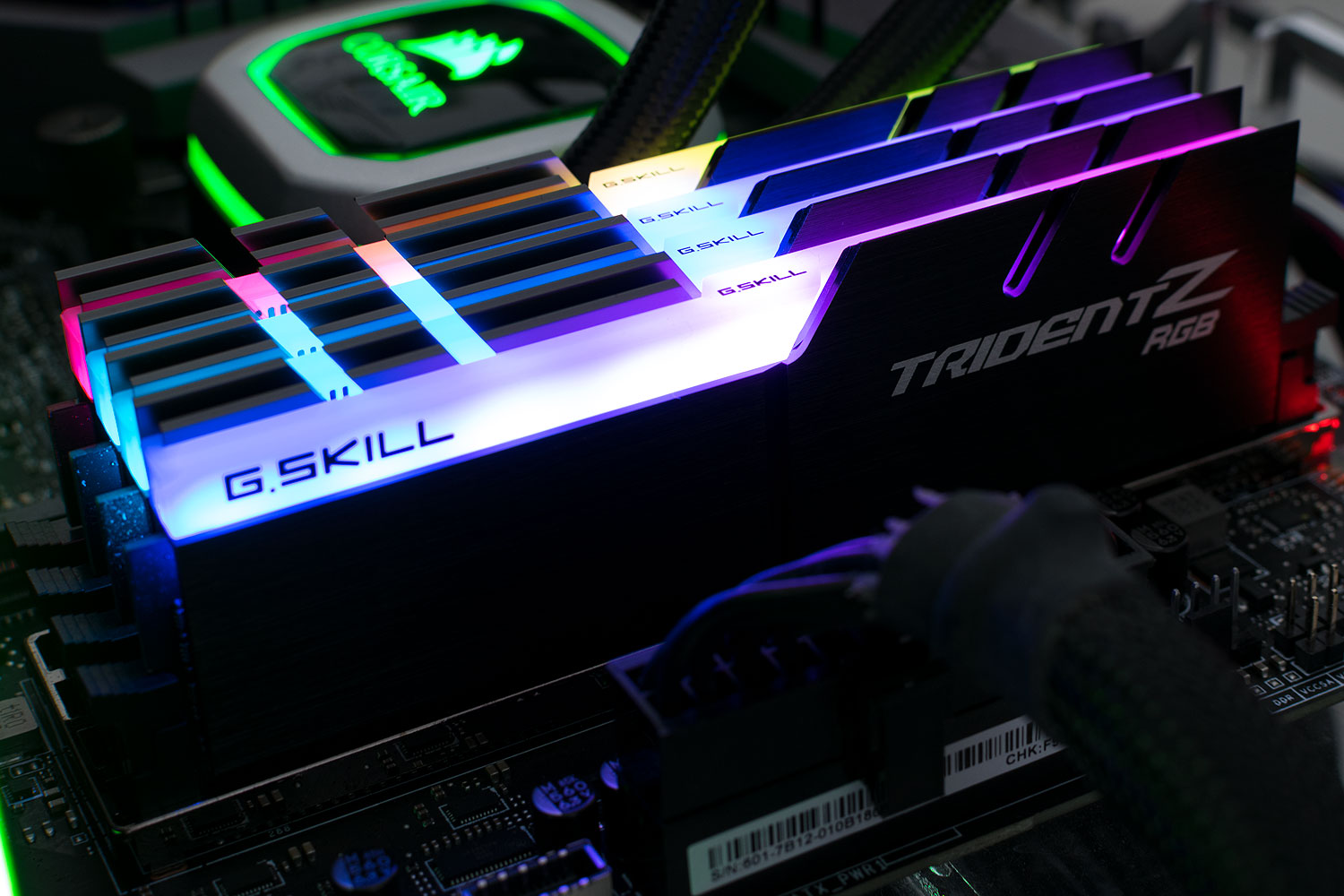
Choosing the Right RAM for Your Motherboard: A Detailed Guide
Introduction: Choosing the right RAM for your motherboard is an important step in creating a high-performance and stable PC. In this detailed guide, we'll walk you through the factors you should consider when choosing RAM for your motherboard, ensuring compatibility and optimal performance.
1. Check your motherboard specifications:
- Before purchasing RAM, check your motherboard's manual or visit the manufacturer's website to determine the following:
- Supported RAM types (DDR3, DDR4, DDR5, etc.).
- Maximum amount of RAM (for example, 64 GB, 128 GB, etc.).
- Supported RAM speeds (e.g. 3200 MHz, 3600 MHz, etc.).
- Number of RAM slots (for example, 2, 4, etc.).
- Dual or quad channel support.
2. Consider the type and generation of RAM:
- DDR3, DDR4 and DDR5 are the most common types of RAM.
- Choose RAM that matches the type supported by your motherboard.
- Choose newer generations (such as DDR4 or DDR5) for improved performance and energy efficiency.
3. Determine the amount of RAM:
- Select the amount of RAM depending on your computing needs:
- 8 GB: basic tasks, web browsing.
- 16 GB: general multitasking, games.
- 32 GB: content creation, video editing, virtual machines.
- 64 GB or more: Professional workstations, heavy multitasking, server applications.
4. Check supported RAM speeds:
- Your motherboard indicates the supported RAM frequency (for example, 3200 MHz, 3600 MHz).
- Choose RAM that matches or is slightly below the maximum supported speed of your motherboard.
- Increasing RAM can improve performance, especially in gaming and content creation tasks.
5. Consider CAS time and latency (CL):
- Lower CAS latency values (eg CL14) indicate faster RAM.
- Balanced latency can provide optimal performance.
- Extreme timings may not be fully supported on all motherboards.
6. Check ECC and registered/unbuffered memory:
- ECC (Error-Correcting Code) RAM is used in server and professional environments for error correction.
- Most consumer motherboards require unbuffered, non-ECC RAM.
- Make sure the RAM type matches your motherboard's requirements.
7. Dual or Quad:
- Some motherboards support dual-channel or quad-channel memory configurations.
- For best performance, install RAM in pairs (for example, 2x8 GB for dual-channel or 4x8 GB for quad-channel).
8. Consider RGB and aesthetics (optional):
- If aesthetics are important, choose RAM modules with RGB lighting that complements the style of your build.
- Ensure RGB compatibility with your motherboard's lighting control software.
9. Budget Considerations:
- RAM prices may vary depending on capacity, speed and brand.
- Balance your budget with your performance requirements.
10. Manufacturer and warranty: - Choose reliable RAM manufacturers. - Check for a warranty that will provide peace of mind should any problems arise.
Conclusion: Choosing the right RAM for your motherboard requires considering factors such as RAM type, capacity, speed and compatibility. By carefully reviewing your motherboard's specifications and understanding your computing needs, you can choose the RAM that provides optimal performance and reliability for your PC build.






